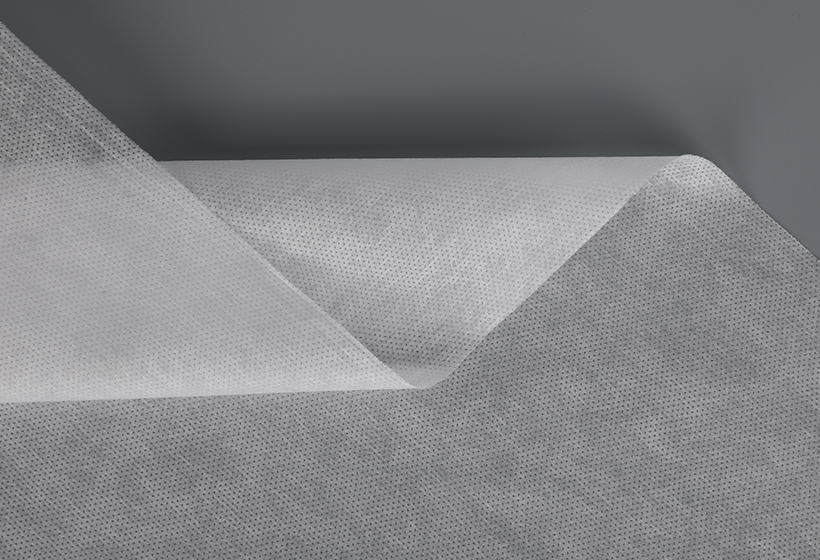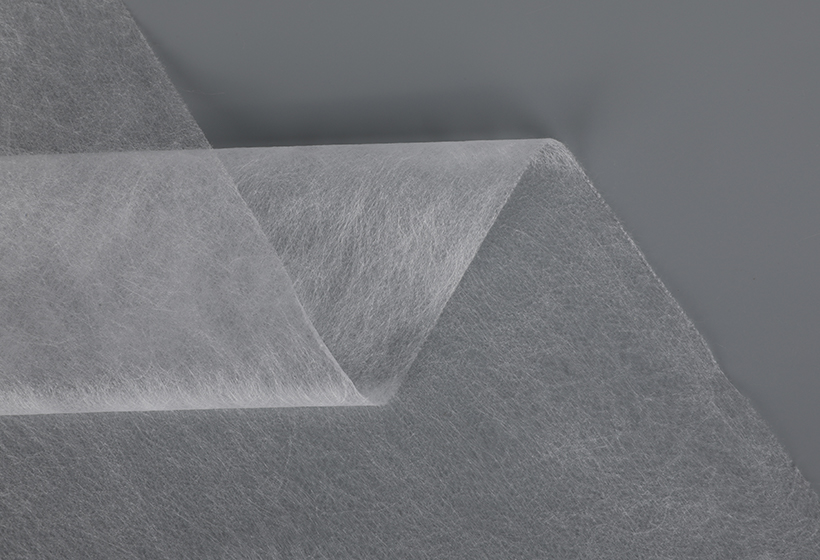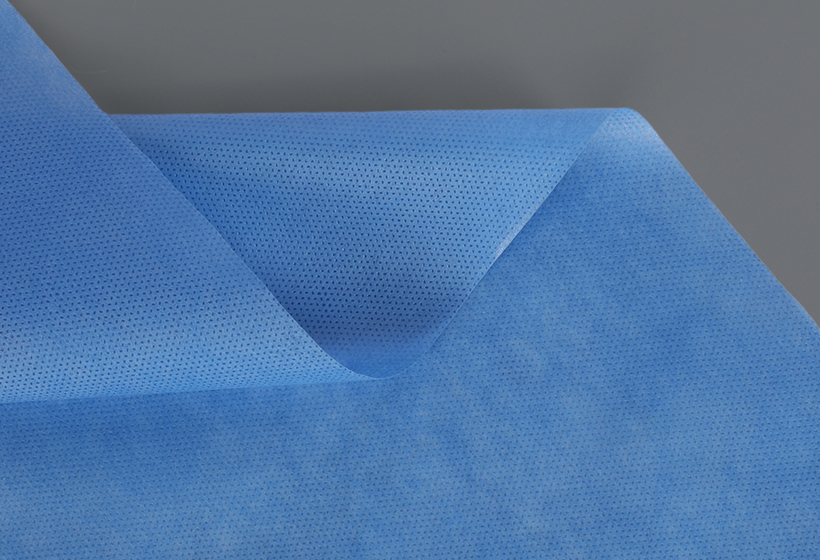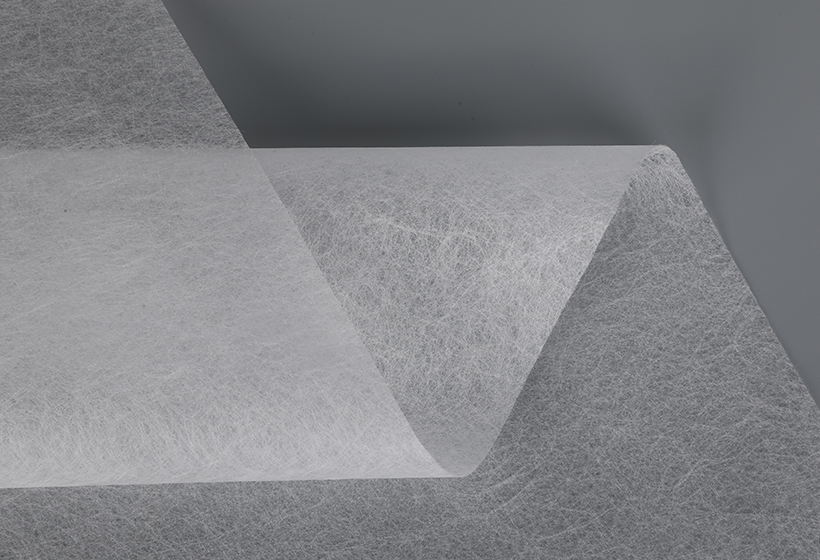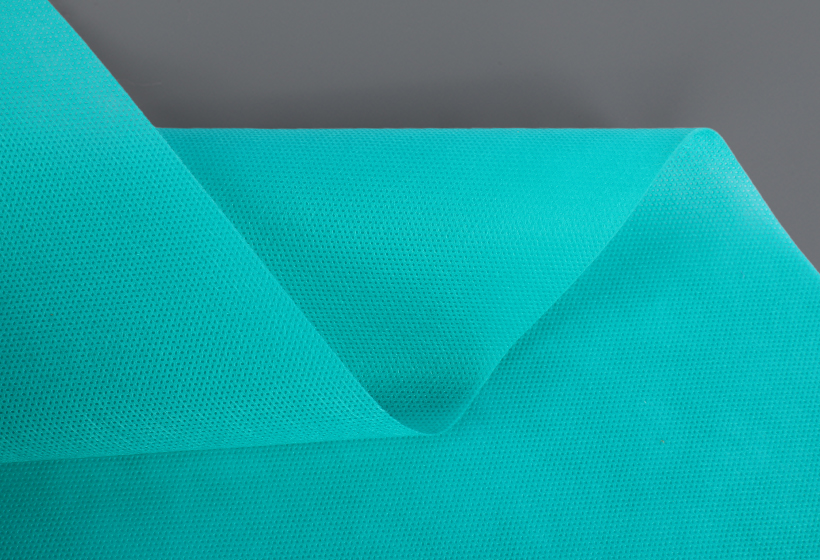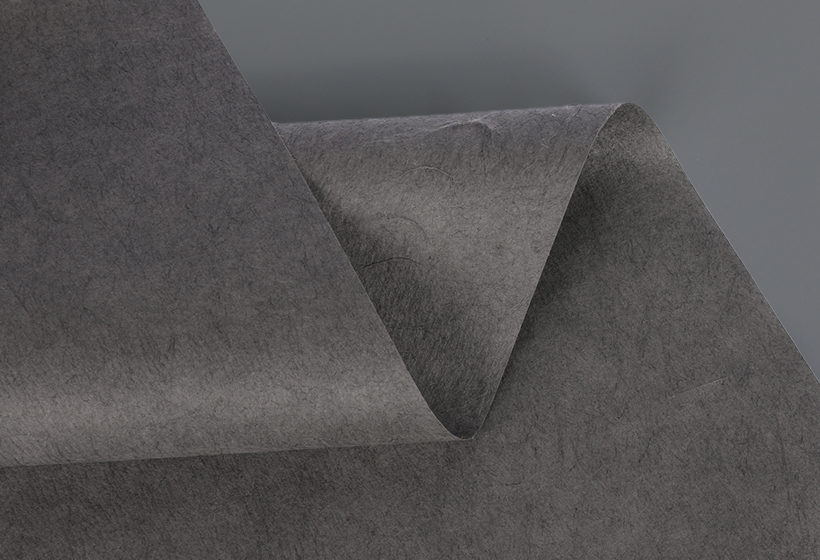A woven fabric is a textile that is shaped and glued together using yarns or other materials. In addition to clothing, non-woven fabrics are used in many different industries. These include medical packaging, isolation gowns, and surgical scrubs. They are also used in agriculture, construction, and the automotive industries. Some non-woven fabrics are also used for insulation, interlining, and shoe components. They are typically very durable, but are not drapable.
In addition to their industrial use, nonwovens have a variety of consumer applications. Among these applications are home furnishings, medical products, and personal hygiene products. Additionally, nonwoven fabrics are used for a variety of purposes, including aesthetic enhancement. High-quality non-woven fabrics are used in kitchens, bedrooms, and living rooms to provide both aesthetics and practical solutions. These textiles are a relatively inexpensive alternative to woven fabrics, and they are gaining popularity as more industries realize their potential.
Among these applications, non-woven fabrics are often made from a range of different materials, including polyester and cotton. Nonwoven fabrics are typically produced from these materials, which eliminates many of the conventional textile operations involved in manufacturing. While the final product may be a blend of various materials, the selection of the raw material is critical for the performance of a non-woven. A variety of materials, including glass, regenerated cellulose, and bi-component fibres, are used to create nonwoven materials.
Another example of non-woven fabric is a single-serving coffee filter. These filters prevent tea leaves from floating in your beverage. Similarly, dry floor cloths are an ideal choice for cleaning floors. Their thick nature enables them to conform to most surfaces. Furthermore, nonwoven sheets can help trap dirt and moisture. They can also act as a protective barrier for wooden floors. So, the possibilities are endless for non-woven fabrics.
While many consumers are familiar with the term "durable", it's important to remember that there are different types of nonwoven materials. Some are durable, while others are only intended to be used once. The majority of nonwoven products are single-use, but there are also those designed for a long lifespan. Some examples of long-life nonwovens include geosynthetic and automotive nonwovens.
A non-woven fabric is a textile made from long fibers, but that doesn't involve weaving. Instead, they are created through chemical, mechanical, and solvent processes. These fabrics are often strong, because they don't require the use of yarn or woven materials. These textiles are also cheaper to produce and more time-efficient. The primary difference between woven and non-woven fabrics is that woven fabrics are more durable, and the threads are cross-linked.
A nonwoven fabric is created through a process that involves heat. This process involves adding adhesives to layers of fibrous webs and then cooling them until they are a single fabric. An air-laid nonwoven fabric uses a technology called "air-laid" to combine wood pulp fiberboards into a single fiber. This process uses a strong flow of air to reinforce the fibers on a web.


 English
English Español
Español
